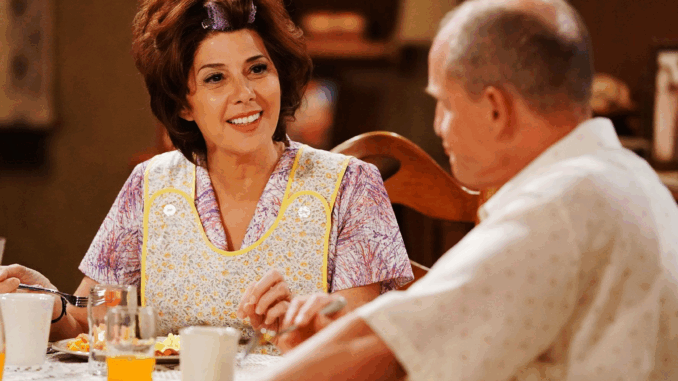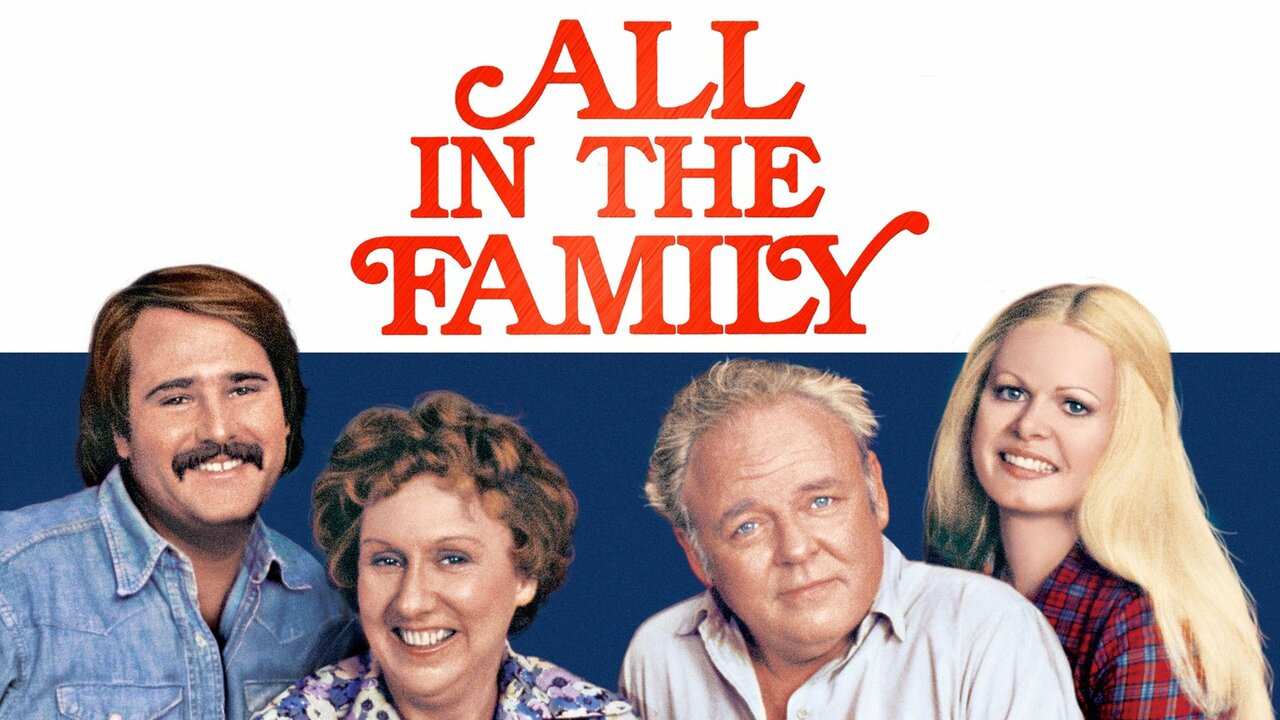
This Groundbreaking ‘All in the Family’ Episode Changed the Show Forever
When it comes to groundbreaking television, there are few shows that match the ambition and success of All in the Family. The Norman Lear-created sitcom tackled nearly every social issue of the time, from racial tensions and antisemitism to queer rights. The Bunker house, led by kindhearted Edith Bunker (Jean Stapleton) and her politically incorrect Archie (Carroll O’Connor), was filled with constant change and a slew of innovative characters (many of whom were spun-off into their own series).
While characters like Maude (Beatrice Arthur) and George Jefferson (Sherman Hemsley) are rightfully remembered for their contributions to the show and their own respective sitcoms, one player who deserves to be spoken about more is that of Beverly LaSalle (Lori Shannon). As one of the first drag queens to appear on American television, she not only shook-up Archie, but became a beloved recurring character. Throughout her run, she slowly helped change Archie’s outlook on the queer community, became close friends with Edith, and was eventually considered an honorary member of the family. Sadly, Beverly’s final appearance ends in a tragedy so great that it causes Edith to rethink her whole faith system. In true All in the Family fashion, the two-part episode is more than just a shocking story, serving as a deeper conversation about sexuality, faith, and hate, themes that are still as important today just as they were back when the show first aired.

Beverly LaSalle Was a Huge Step Forward for Queer Characters
Beverly LaSalle first appeared during All in the Family‘s sixth season, titled “Archie the Hero.” One day, Archie comes home a hero after saving the life of a woman who passed out in the cab that he was driving on an overnight shift. He tells Edith and Mike (Rob Reiner) that he saved her life by giving her mouth-to-mouth resuscitation, leaving his address at the hospital so she can settle the cab fare once she’s released. However, when the passenger shows up, it’s Beverly, a drag queen in town for a gig. While Edith is impressed and kind to Beverly, the revelation is a shock to the closed-minded Archie.
